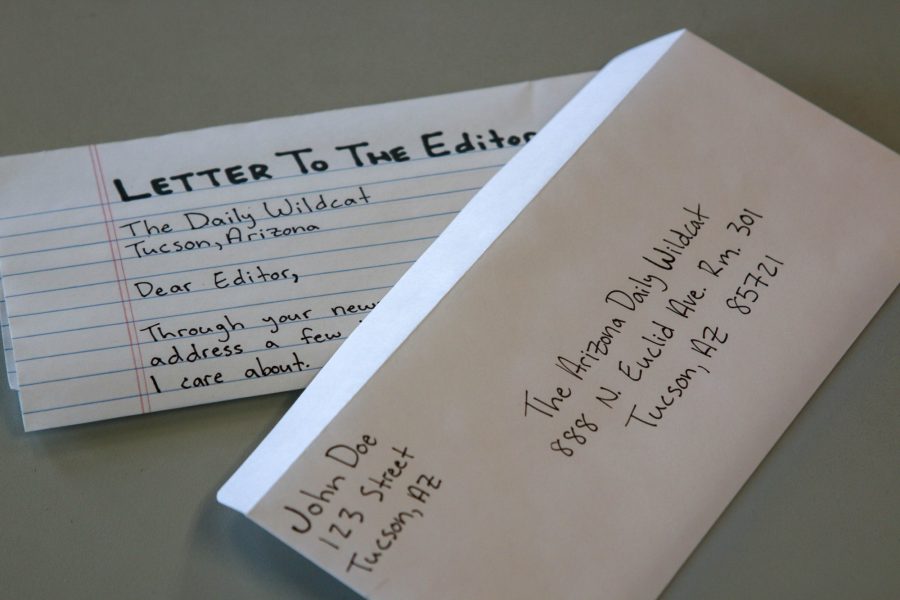Walk into any grocery or convenience store and compare similar products for men and women. You will find that even though both products have practically the same ingredients, the product marketed toward women will oftentimes be higher in price. This is known as the “pink tax.”
A study done by the New York City Department of Consumer Affairs found toys meant for girls cost 7 percent more than toys for boys, and their clothes cost 4 percent more. The DCA study found clothes for adult women cost 8 percent more than equivalent garments for men, and personal products for women cost 13 percent more than those marketed toward men, even though they were virtually identical and contained the same ingredients.
What is puzzling is the price hike. Women already have so many products and clothing geared toward them—virtually an unlimited amount of creative inspiration, yet corporations and businesses still want to charge them more than their male counterparts.
Yes, businesses must design, promote and market extravagant campaigns, which in turn drive up the cost of products with the target market typically consisting of women. From a business standpoint, I partially understand the price hike. It still does not merit such outrageous increases.
Besides cosmetics and other outrageously priced feminine products, ask a woman how much she spends on items like her undergarments. I think many of our male readers are in for a surprise.
For instance, Victoria’s Secret sells bras for an average of $50 a piece. You want some underwear to go with that bra? Expect to pay over $20 for a little bit of fabric.
There are plenty of articles with headlines like Lifehacker’s telling women to “Always Buy the Men’s Version of Products to Avoid the Gender Tax,” however, this logic is fallacious. Yes, it’s true women will save money in the long run by buying the male version of products, but it’s a serious problem they would even have to do this in the first place.
The gender tax includes products like shampoo, razors and clothing. Women are also forfeiting more of their income and savings on major investments such as mortgages and cars.
A 2001 study in the American Economic Review confirms this, revealing that preliminary offers made by car dealers to white women were about $200 more than white men. The situation was even more grim for women of color.
There’s clearly a pink tax, but there’s also a “choice tax.” Anyone who chooses to go to Great Clips for a haircut is saving much more than those who choose to go to a professional salon.
For some services and products, the pink tax is inevitable, but in some cases, women can avoid it. Spending $50 to $100 on a haircut from Toni&Guy Hair Salon when you can pay $15 at Style America is your prerogative, but don’t complain when there are cheaper options available.
As for the other costs imposed on women, we need to stay on the path toward financial equality and give women a level playing field devoid of financial oppression. Combating this issue will also allow the strength of other forms of oppression to lose their grip in the process.
Follow Michael Cortez on Twitter.








